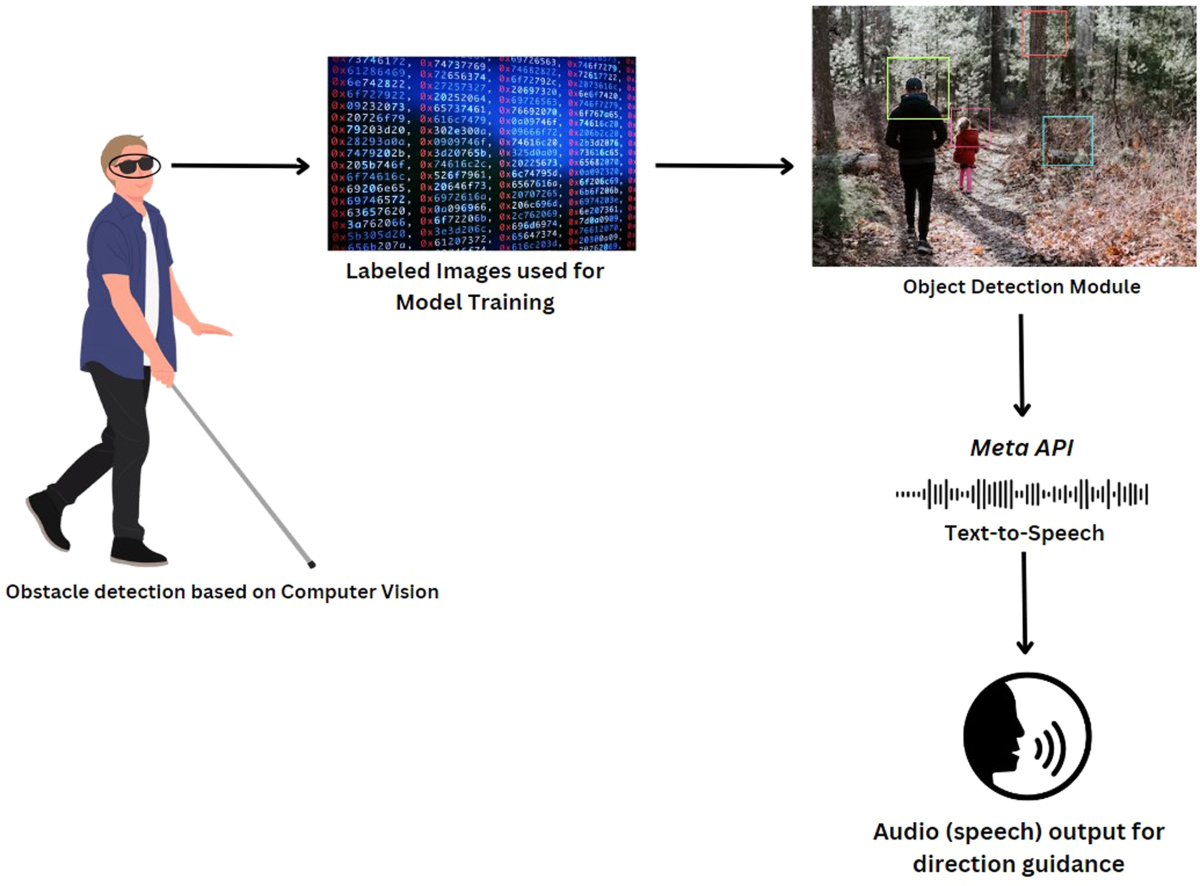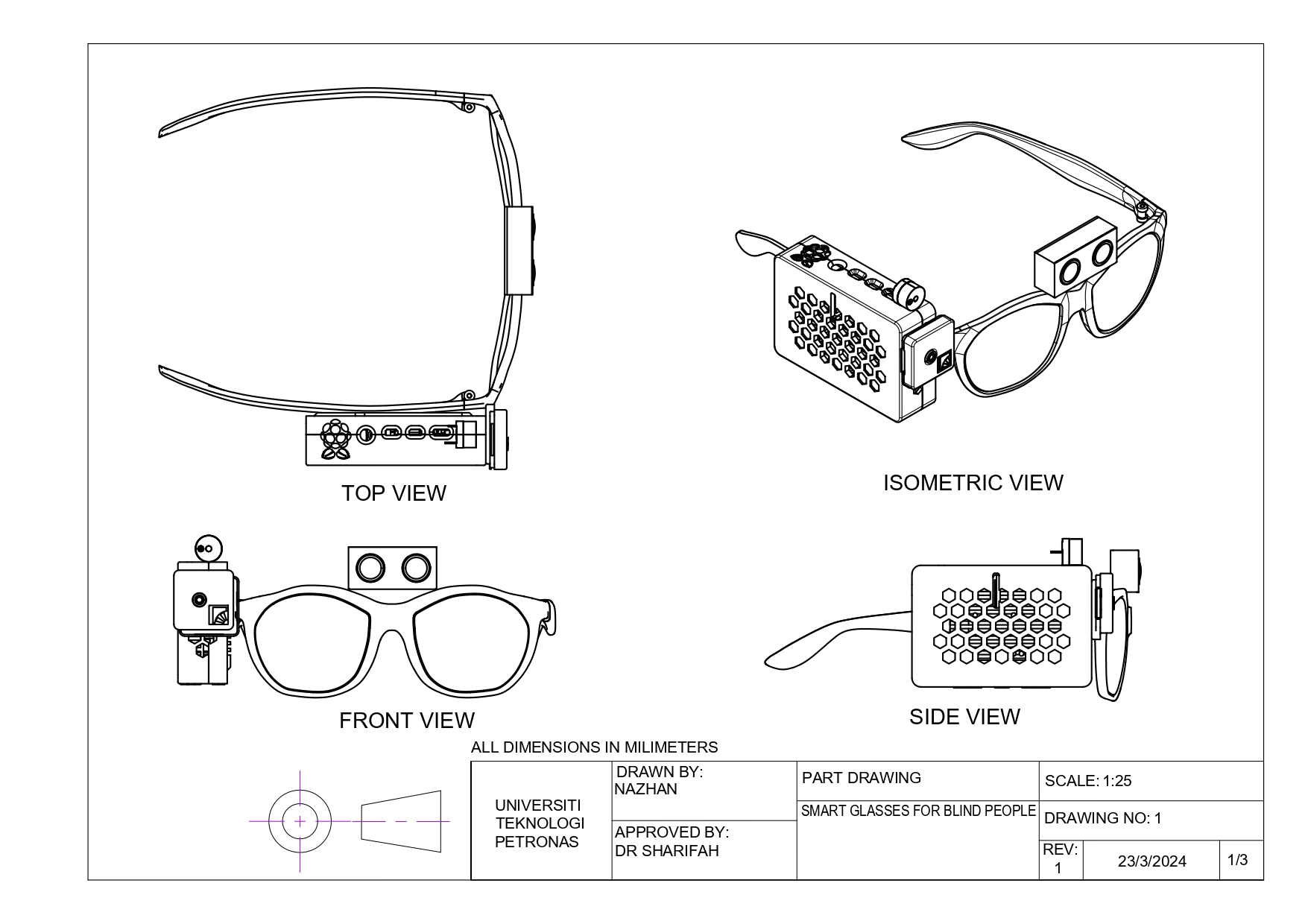Cutting-edge Solutions in Assistive Technology for Visual Problems
The landscape of assistive technology for aesthetic disability is developing quickly, presenting an array of ingenious options that enhance availability and freedom. From sophisticated smart device applications that promote navigation to wearable gadgets developed for real-time guidance, these devices are improving the experiences of those with visual problems.
Developments in Smart Device Applications
In the last few years, improvements in smart device applications have dramatically changed the landscape of assistive innovation for people with aesthetic problems. These applications take advantage of the effective sensors and capacities of contemporary smart devices to supply customers with tools that improve freedom and accessibility in their lives.
Remarkable amongst these developments are applications developed for object acknowledgment, which utilize the smartphone's electronic camera to identify products and supply spoken descriptions. Such attributes empower users to browse their settings better, whether recognizing products in stores or locating personal belongings in the house. Additionally, text-to-speech applications have actually enhanced substantially, making it possible for individuals to record published text through their tool's electronic camera and receive split second audio feedback, thereby facilitating reading and understanding.
Community-driven applications have actually promoted social interaction and resource sharing amongst people with aesthetic impairments, creating an encouraging network that improves their high quality of life. In general, smartphone applications have ended up being vital allies in promoting autonomy and access for people with visual problems.
Wearable Instruments for Navigation
Wearable devices for navigation have actually become a groundbreaking service for people with visual disabilities, using hands-free support that improves wheelchair and alignment. These gadgets usually utilize sophisticated innovations, including GPS, ultrasonic sensors, and expert system, to give real-time responses and direction to individuals as they browse their environment.
One remarkable example of wearable navigation modern technology is smart glasses, which can identify challenges and relay auditory or haptic comments to the wearer, permitting effective and secure movement in numerous setups. Other gadgets, such as belts and vests geared up with sensing units, can likewise notify users of their environments by offering informs about neighboring things or changes in terrain.
In addition, several wearable tools integrate with smartphone applications, making it possible for customers to personalize their navigating preferences and receive tailored route suggestions. This personalization can substantially improve the individual experience, empowering people to travel with higher confidence and freedom.
As technology remains to develop, the possibility for wearable navigation tools to boost the high quality of life for people with aesthetic impairments continues to be significant, leading the method for more comprehensive and obtainable atmospheres.
Smart Home Modern Technology Assimilation

In addition, wise home appliances furnished with tactile interfaces or acoustic comments give instinctive interactions that provide specifically to the demands of those with aesthetic impairments. As an example, wise refrigerators can announce their components and expiration dates, while clever ovens can direct users through the cooking process with audio instructions.
Home automation systems, such as smart doorbells and safety video cameras, provide assurance by allowing customers to get informs and accessibility live feeds using their smart phones, enhancing individual security (AI-powered visual aids). Additionally, combination with mobile phones and tablets makes certain that users can manage their home atmosphere from anywhere within their properties
As clever home modern technology remains to progress, it holds the possible to transform the living experiences of people with aesthetic eye doctor school requirements problems, promoting independence and enhancing quality of life in a significantly linked world.

Educational Equipment and Resources
Accessibility to efficient instructional tools and resources is vital for people with visual impairments, as it equips them to engage totally in their discovering experiences. Numerous assistive innovations have been developed to boost availability and foster independent understanding. Display viewers, for example, convert message into speech, allowing trainees to access digital content effortlessly. AI-powered visual aids. Additionally, refreshable braille display screens offer tactile comments, making it less complicated for learners to communicate with written product.
Moreover, educational software program specifically created for aesthetically impaired individuals offers attributes such as high-contrast modes and personalized text sizes. These tools suit diverse understanding styles and ensure that pupils can customize their instructional experience to their needs.
Furthermore, access to electronic libraries and audio books expands the variety of readily available discovering materials, enabling students eye doctor education to check out topics detailed without the restrictions imposed by typical print sources. Collective platforms that incorporate availability functions also assist in team tasks, guaranteeing that visually damaged trainees can add meaningfully along with their peers.
Neighborhood Support and Engagement
A durable network of neighborhood support and involvement is crucial for people with visual problems, promoting a comprehensive setting where they can prosper. Area organizations, regional campaigning for groups, and volunteers play a crucial role in offering sources, information, and companionship, which are important for boosting the high quality of life for those impacted by visual impairments.
Engagement tasks such as workshops, gatherings, and assistance teams not only facilitate ability growth but also promote social communication, minimizing sensations of isolation. These initiatives urge people to share experiences, difficulties, and successes, thus reinforcing area bonds. Furthermore, collaborations with neighborhood businesses can bring about better ease of access in public rooms, additionally incorporating individuals with aesthetic disabilities right into the area.
Technology likewise enhances community engagement with online systems that offer online assistance teams and resources, permitting individuals to connect no matter geographical obstacles. By taking advantage of both digital and in-person remedies, neighborhoods can create an extensive assistance network. Eventually, promoting cooperation amongst different stakeholders-- including households, educators, and health care specialists-- makes certain that people with visual impairments receive the holistic assistance required to navigate day-to-day live efficiently and with dignity.
Final Thought
Ingenious solutions in assistive modern technology for aesthetic problems considerably boost the quality of life for people dealing with these challenges. The combination of mobile phone applications, wearable devices, clever home innovation, and academic see this website devices promotes better self-reliance and access. Area support and interaction additional empower visually damaged people, promoting inclusivity and participation in numerous facets of life. Collectively, these innovations not only change everyday experiences but additionally pave the way for an extra equitable society.
The landscape of assistive innovation for aesthetic impairment is evolving swiftly, providing a range of cutting-edge options that boost availability and independence. Community-driven applications have actually promoted social interaction and resource sharing among individuals with aesthetic impairments, producing a supportive network that enhances their quality of life. Overall, mobile phone applications have become crucial allies in promoting autonomy and accessibility for people with aesthetic impairments.
Lots of individuals with aesthetic impairments are locating greater autonomy through the integration of wise home technology.Innovative solutions in assistive modern technology for visual disability substantially boost the top quality of life for individuals encountering these obstacles.